
Wild fields... blooming
According to the Hai Phong Department of Cultivation and Plant Protection, in the east of the city there are currently famous flower and ornamental plant growing areas in some localities such as An Phong, An Hai, Hai An, Hung Dao wards; An Hung commune... However, recently, some suburban flower growing areas such as Ha Lung (Hai An ward), Dong Thai (An Duong ward), Hong Thai (An Hai ward)... have had their areas significantly reduced to carry out urban and industrial projects. In particular, Ha Lung flower village currently has only a few households with small flower growing areas in their home gardens...
The shrinking flower growing area has forced many households to abandon the profession. However, many farmers are still passionate about the traditional profession, not minding the long distance, going to districts dozens of kilometers away from the city center to rent or borrow abandoned rice fields to grow flowers...

Mr. Do Van Xanh's farm in An Duong ward initially rented only over 4 hectares to grow cut flowers, but now it has been expanded to over 10 hectares. The narrow production area in Dong Thai flower village makes it difficult for him to develop the economy , so he boldly rented abandoned rice fields in An Phong ward to grow gladiolus and sunflowers...
From the barren fields, Mr. Do Van Xanh spent a lot of effort to improve the soil to produce large, beautiful flowers, different from similar products grown in other provinces and cities. The farm also uses many modern machines in the cultivation stages such as bed making machines, soil preparation machines... Currently, the farm's fresh flower products are supplied to the city and many neighboring provinces and cities. The farm also attracts many young people and tourists from all over to experience, visit, and take photos when the flowers are in full bloom...
The rose fields of Mr. Nguyen Duy Hieu in Ly Cau village, An Khanh commune have recently attracted many tourists to visit and take photos. Based on the experience of growing flowers passed down from relatives in Dang Hai flower village (Hai An ward), Mr. Hieu boldly converted some rice fields around his house to make a rose garden.
Seeing the effectiveness, he borrowed abandoned fields from local farmers to expand the area. Mr. Hieu confided that previously, rice cultivation had low economic value, but when he switched to growing roses, although the work was more difficult and meticulous, it brought in much higher income. Every day, the rose growing area brought his family an income of 800,000 - 1 million VND. During holidays and Tet, the income was even higher.

Hope for incentive mechanism and production support
Investing in flower growing is quite expensive, and the risks are also high due to its dependence on the weather, especially when the production conditions on rented or borrowed agricultural land are not suitable, causing many flower growers to worry and ponder. Some people even fail and have to find new directions for development.
Mr. Pham Van Vuong rented fields in An Lao commune to grow flowers. He said that when he surveyed to rent abandoned rice fields, he saw some advantages such as the fields along the road were convenient for product circulation, and the local government also created favorable conditions for production development. However, after starting production for a while, Mr. Vuong saw the shortcomings such as the production area was deep and low-lying, so it took a lot of time to renovate. He had to buy more fertile soil to supplement. In addition, some types of flowers were not suitable for low-lying conditions, so he had to invest in growing on substrates...

Some people who collect abandoned fields in the suburbs are also passionate about cultivating new flowers with high economic value, applying technical advances in greenhouses and net houses. Some people invest billions of dong but the risk level is high. Some flower growers reflect that investing in flower growing costs quite a lot, but mainly mobilize family capital, external loans and have almost no access to the city's preferential loan mechanism.
Ms. Nguyen Thi Thoan in Hung Dao ward is currently growing flowers in the low-lying areas along the Lach Tray River. This area previously belonged to some households who grew rice ineffectively, with low productivity and quality. Later, her family received a land transfer to grow flowers. Initially, the family grew some high-value and "difficult" flower species, but because the area was low-lying and often flooded, the plants degenerated after a short time. Therefore, her family recently had to switch to growing chrysanthemums, peonies... To grow flowers effectively, her family had to improve the irrigation water source, regularly renovate the garden, and use organic fertilizers to ensure nutrition for the plants...
According to Deputy Director of Hai Phong Agricultural Extension Center Cao Thanh Huyen, households renting or borrowing rice fields in the suburbs to develop production need to be encouraged and expanded to maintain fresh flower output and preserve the traditional flower colors of the city such as: gladiolus flowers from Ha Lung garden (Hai An ward), sunflowers (An Duong ward)...
Hai Phong Agricultural Extension Center regularly organizes trade promotion activities to promote and introduce Hai Phong's traditional flower products, attracting businesses and stores to link up to consume products for flower growers. At the same time, it takes advantage of the Central Agricultural Extension project to build a flower growing model associated with linking product consumption. Thereby, flower growers are supported with seeds and agricultural material costs. Agricultural extension officers accompany and support flower growers in applying technical advances to production...
HO HUONGSource: https://baohaiphong.vn/hoa-no-ro-tren-nhung-thua-ruong-bo-hoang-o-dong-hai-phong-523636.html


![[Photo] Many dykes in Bac Ninh were eroded after the circulation of storm No. 11](https://vphoto.vietnam.vn/thumb/1200x675/vietnam/resource/IMAGE/2025/10/15/1760537802647_1-7384-jpg.webp)


![[Photo] The 18th Hanoi Party Congress held a preparatory session.](https://vphoto.vietnam.vn/thumb/1200x675/vietnam/resource/IMAGE/2025/10/15/1760521600666_ndo_br_img-0801-jpg.webp)
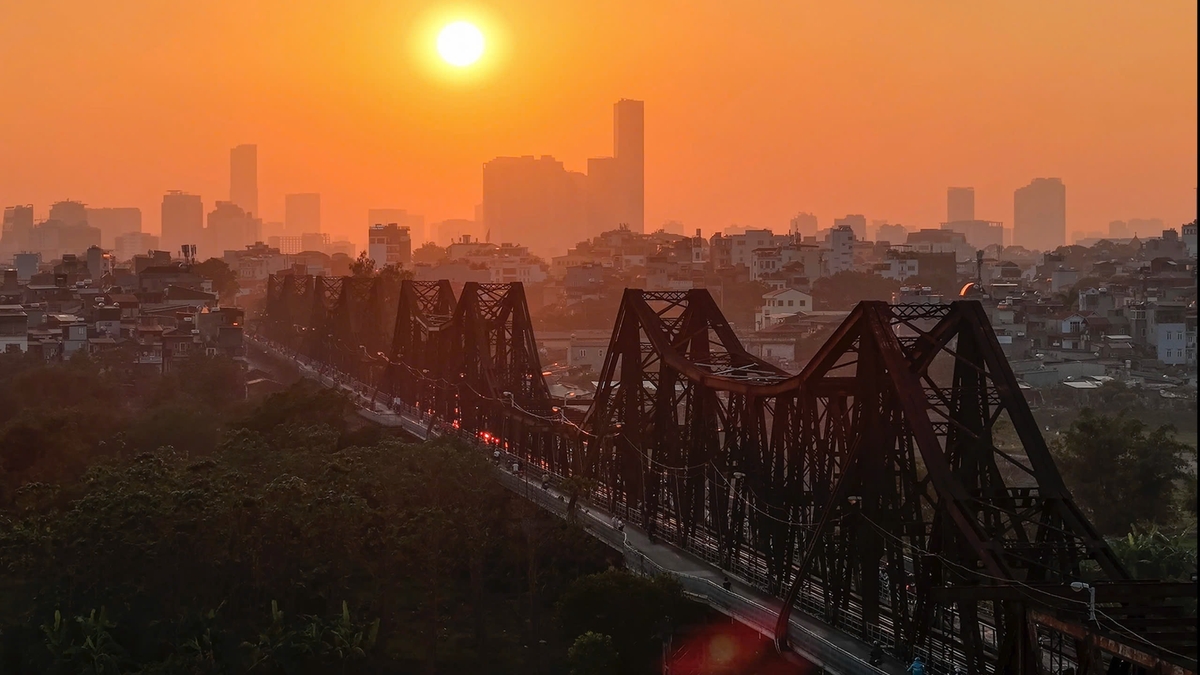
![[Photo] Conference of the Government Party Committee Standing Committee and the National Assembly Party Committee Standing Committee on the 10th Session, 15th National Assembly](https://vphoto.vietnam.vn/thumb/1200x675/vietnam/resource/IMAGE/2025/10/15/1760543205375_dsc-7128-jpg.webp)

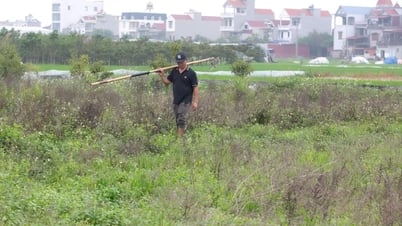

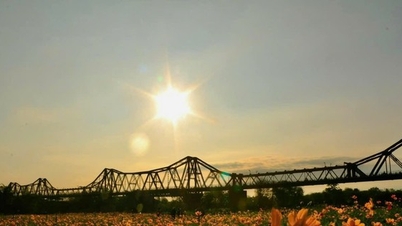

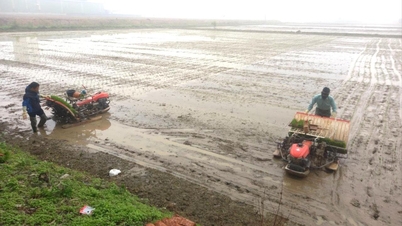


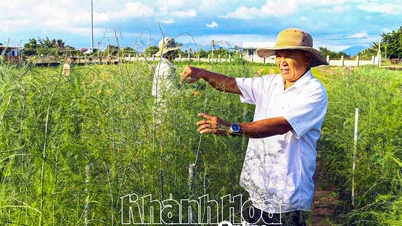

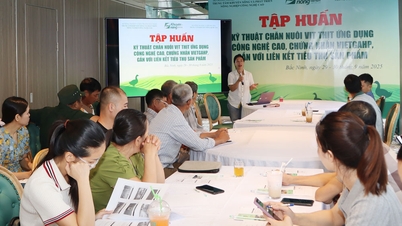

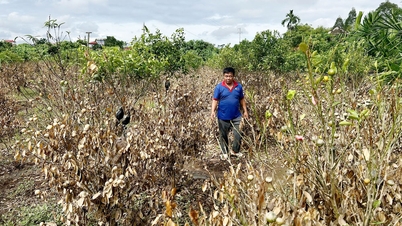
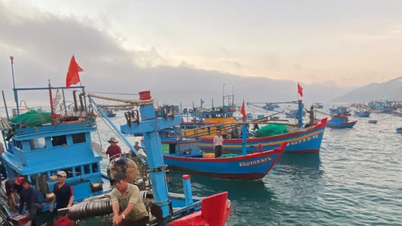

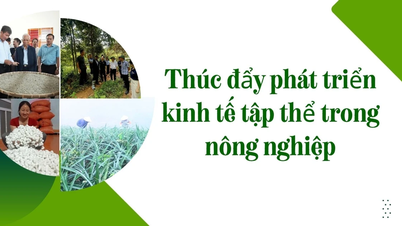






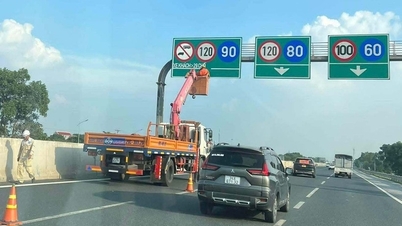
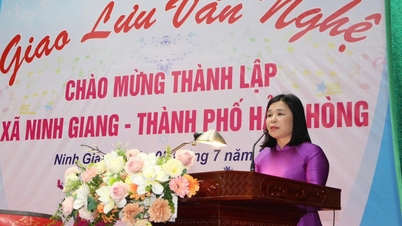


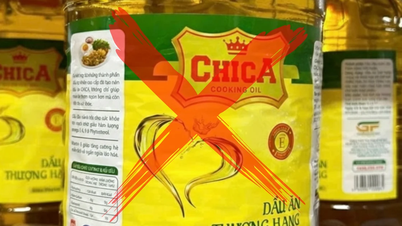



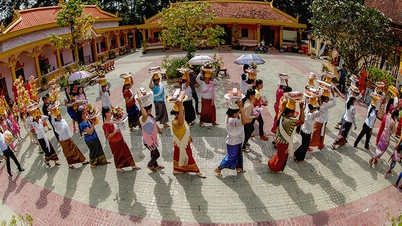

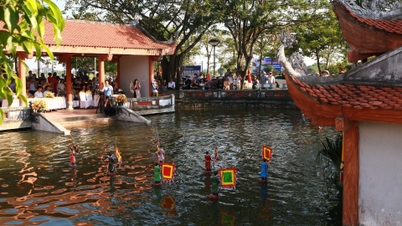

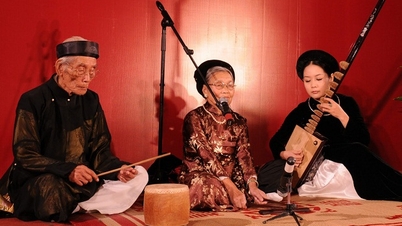



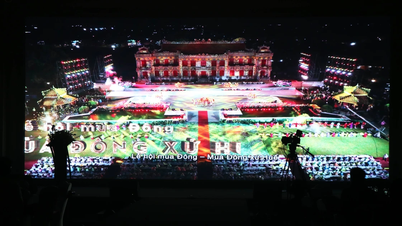
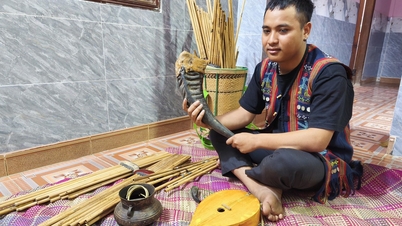

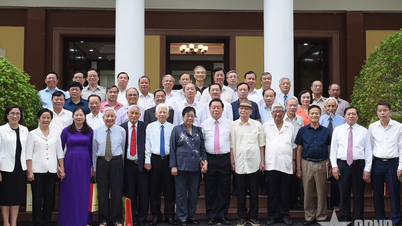




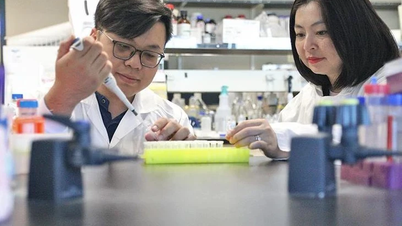

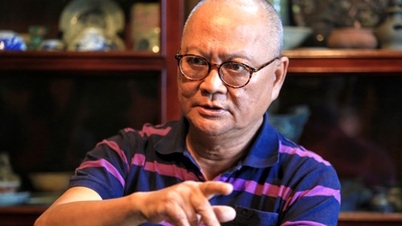

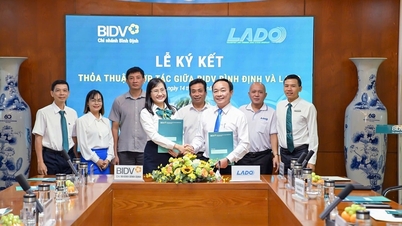



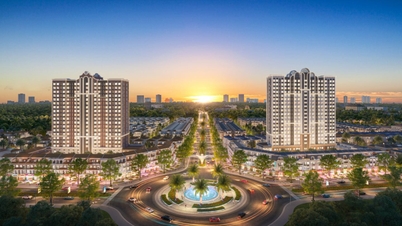







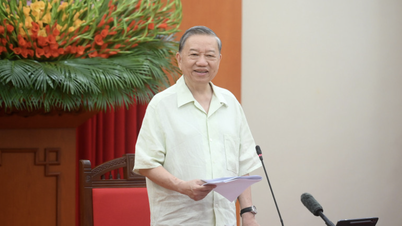
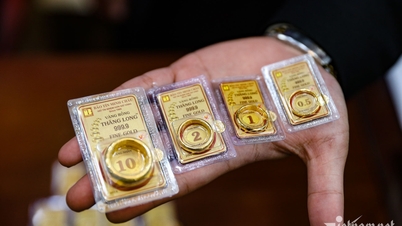


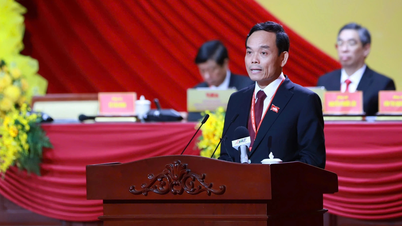
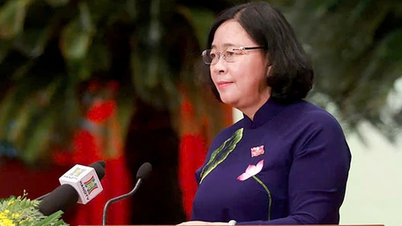


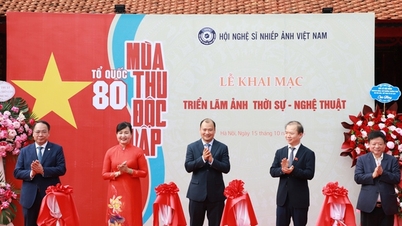

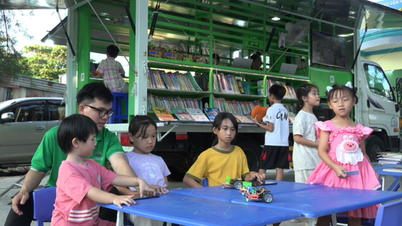





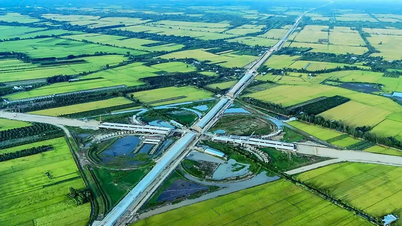

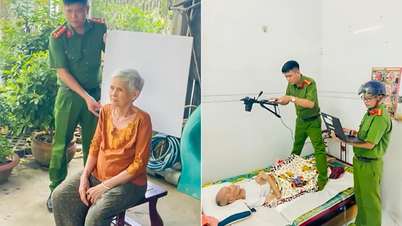
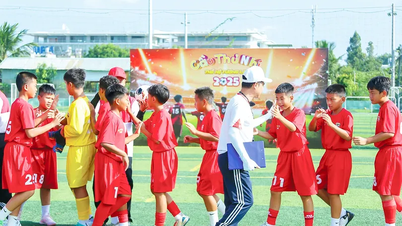
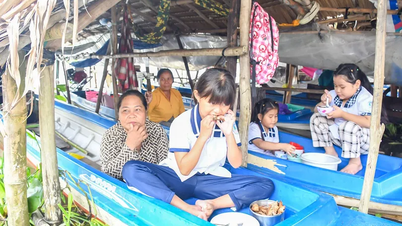
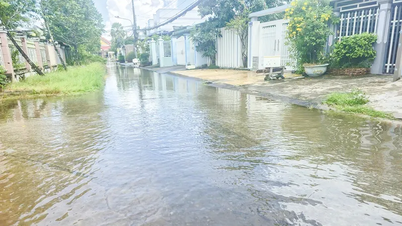







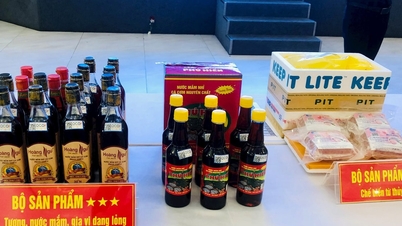






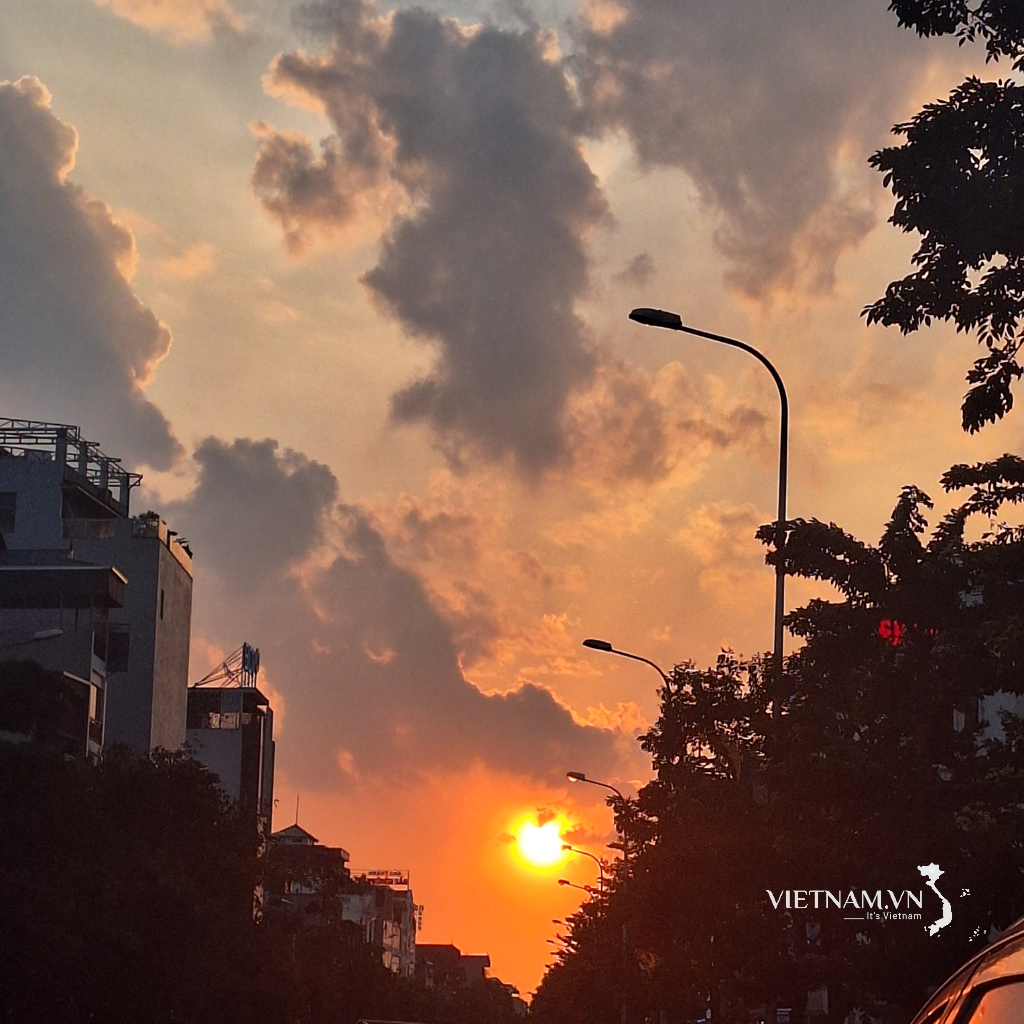
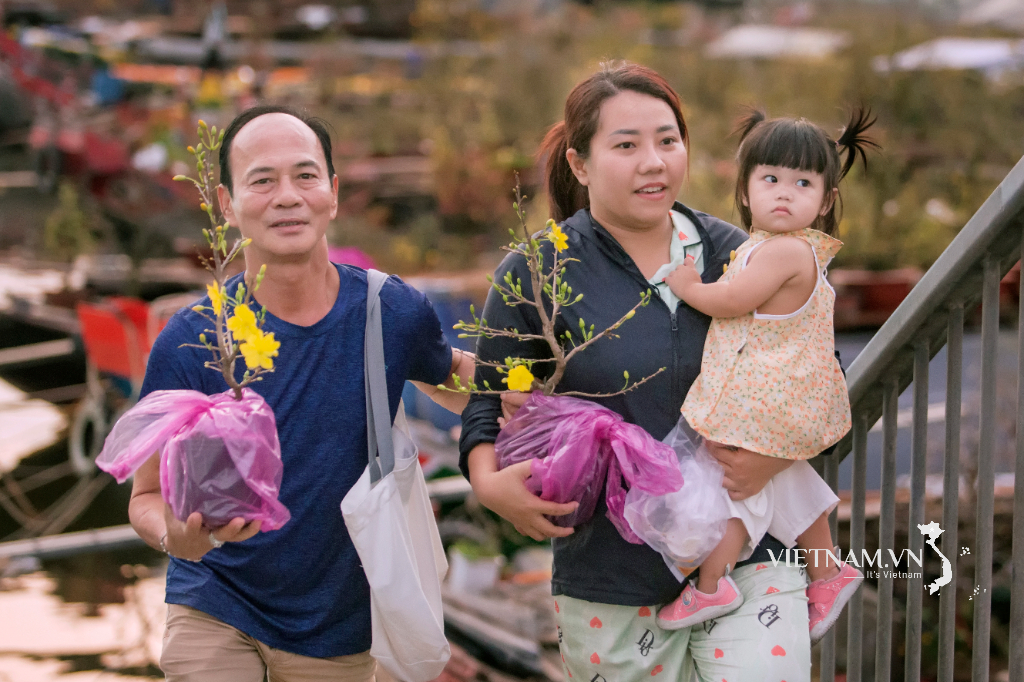
Comment (0)